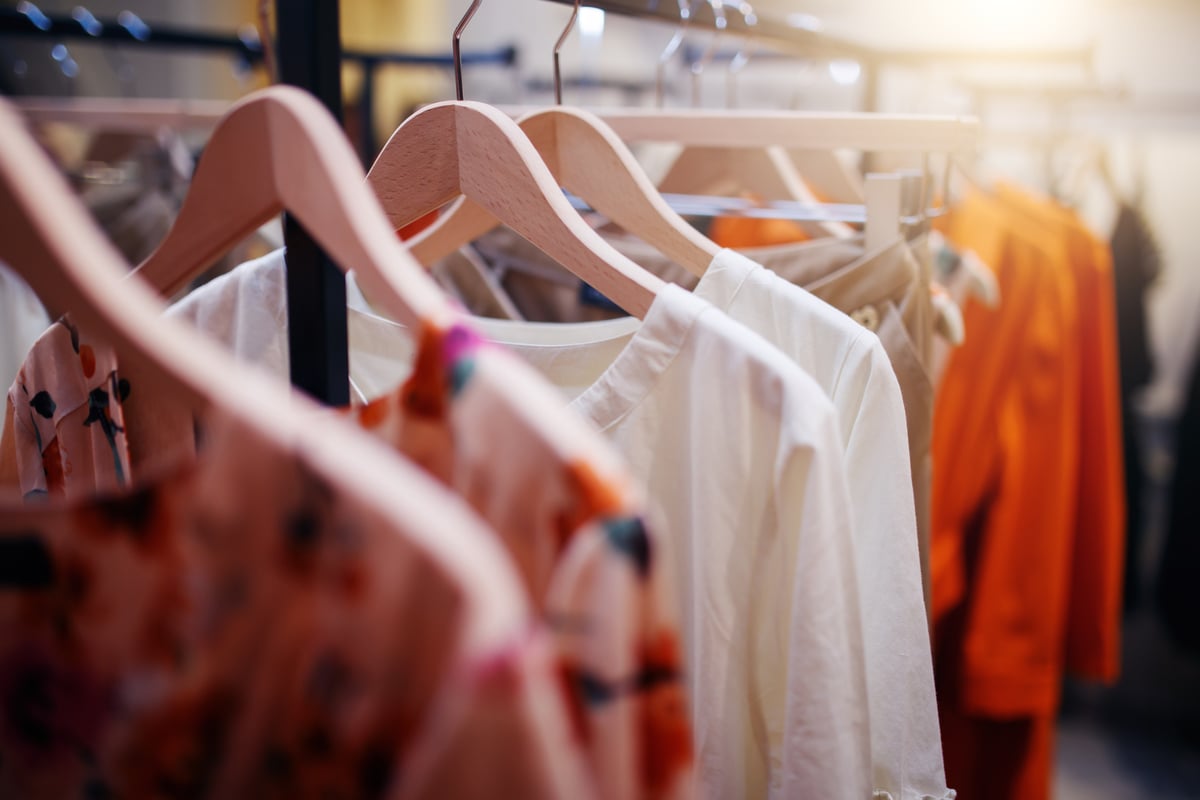Kohl's (KSS +4.56%) was once considered a brick-and-mortar survivor -- it wasn't attached to sickly malls, rotated its products quickly, and kept its inventories low. Unfortunately, its recently released third-quarter report indicates that it might just be experiencing a slower death.
During the quarter, Kohl's revenue stayed nearly flat year-over-year at $4.63 billion and beat estimates by about $230 million, but its net income fell 24% to $123 million. On a non-GAAP basis, its net income declined 28% to $116 million as its EPS dropped 24% to $0.74, which missed estimates by $0.12.
Kohl's didn't provide any revenue guidance for the full year, but it cut its adjusted EPS forecast from $5.15-$5.45 to just $4.75-$4.95, which equals a 12%-15% drop from 2018. That downbeat forecast, which caused Kohl's stock to plunge nearly 20% on Nov. 19, indicates that Kohl's is sacrificing its margins to stay afloat.

Image source: Kohl's.
The brutal numbers
Kohl's comparable-store sales rose 0.4% during the third quarter, which marked its first quarter of positive growth in 2019. Unfortunately, its gross margin contracted both sequentially and annually:
|
Period |
Q3 2018 |
Q4 2018 |
Q1 2019 |
Q2 2019 |
Q3 2019 |
|---|---|---|---|---|---|
|
Comps growth |
2.5% |
1% |
(3.4%) |
(2.9%) |
0.4% |
|
Gross margin |
37% |
33.5% |
36.8% |
38.8% |
36.3% |
Source: Kohl's quarterly reports.
During the conference call, CEO Michelle Gass claimed that the quarter "started off positive in August, driven by our third consecutive year of growth during the back-to-school season, and ended strong with October being the best performing month."
However, CFO Jill Timm added that Kohl's "experienced softness during the middle of the quarter" due to a "competitive promotional environment" and unseasonably warm weather impacting sales of seasonal products like apparel.
Sales of women's apparel dipped 1% in the first half of the year, partly offsetting the growth of the company's other product lines. Timm noted that sales of men's, accessories, and footwear were robust, while sales of home and children's goods were "in line" with the company's average growth.
As for its gross margin, Timm attributed the drop to an "intentional decision to be more aggressive with our pricing in response to the competitive environment and to build momentum in October ahead of the holiday season." Timm also noted that the company's weakness in women's apparel exacerbated the decline.
Simply put, Kohl's is slashing prices to keep pace with the competition. Its anemic comps growth indicates that this strategy is barely working, and its full-year forecast indicates that the pain will continue for the foreseeable future.
Is the Amazon partnership a tailwind or headwind?
Kohl's is putting a lot of faith in its partnership with Amazon (AMZN 1.93%) to bring shoppers back to its stores.

Image source: Amazon.
It started accepting Amazon returns at select stores two years ago and expanded the program to all of its stores earlier this year. It also started selling Amazon's hardware devices at its stores. Unfortunately, we haven't seen the Amazon program generate any meaningful sales growth for Kohl's yet.
Instead, the program's rollout -- along with new brand launches, higher wages, and early holiday hiring -- caused its sales, general, and administrative expenses to rise from 29.7% of its revenue a year ago to 30.7%. As a result, Kohl's total operating margin dipped from 5.9% to 4.7%.
For consumers, returning Amazon products via Kohl's is cheaper than the two other methods -- mail or Amazon Lockers -- which both incur postage fees. Kohl's also accepts products without boxes or shipping labels. However, Kohl's subsidizes the program by repackaging the items and shipping them back to Amazon.
Despite those costs, Gass insists that the Amazon returns program is already boosting Kohl's store traffic and bringing younger shoppers to its stores, and will have "a positive contribution" to its full-year operating profits. However, consumers returning Amazon products will actually need to buy some products at Kohl's for this strategy to pay off.
Other stale turnaround strategies
Kohl's other turnaround plans include the ongoing expansion of its e-commerce ecosystem, which generated "mid-teens" digital revenue growth during the quarter, opening smaller stores, and splitting up some of its stores to make room for Planet Fitness gyms and Aldi grocery stores.
Unfortunately, we've seen many struggling retailers -- including J.C. Penney and Macy's -- adopt similar strategies before, and they didn't bring enough shoppers back to stores.
The bottom line
Kohl's pays a forward yield of nearly 5%, and its stock trades at less than nine times forward earnings. That high yield and low valuation look tempting, but Kohl's is cheap for obvious reasons -- its comps growth is anemic, its margins are crumbling, and its turnaround efforts are uninspiring. Investors should avoid Kohl's and stick with stronger retail plays like Amazon, Walmart, or Target instead.







